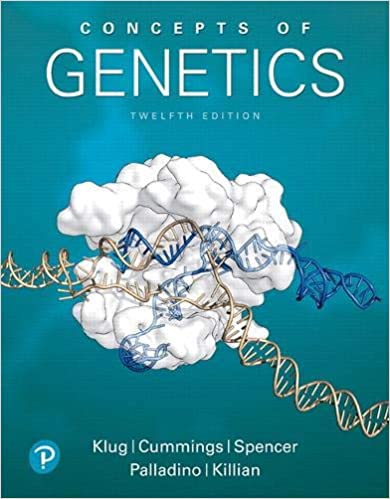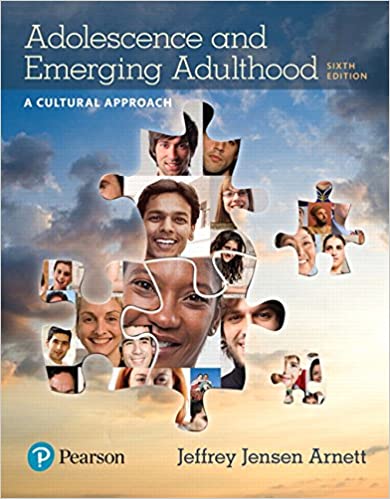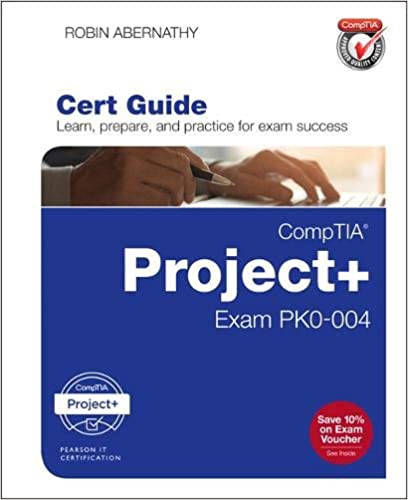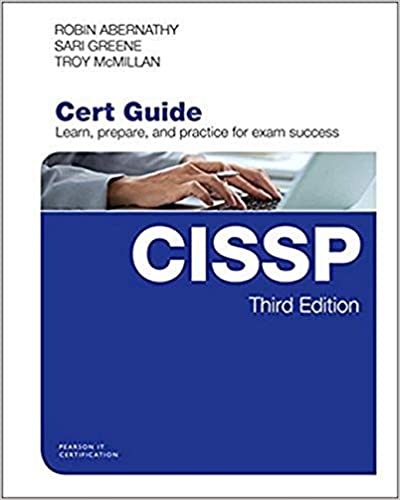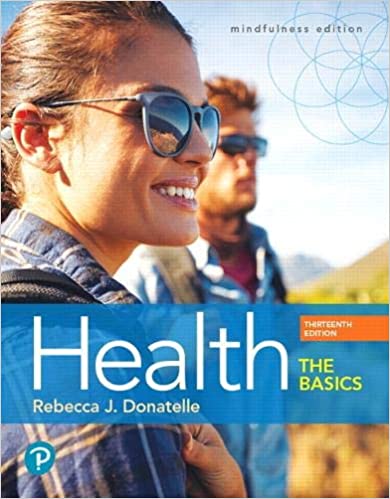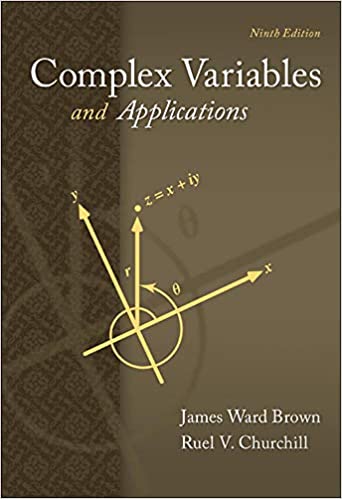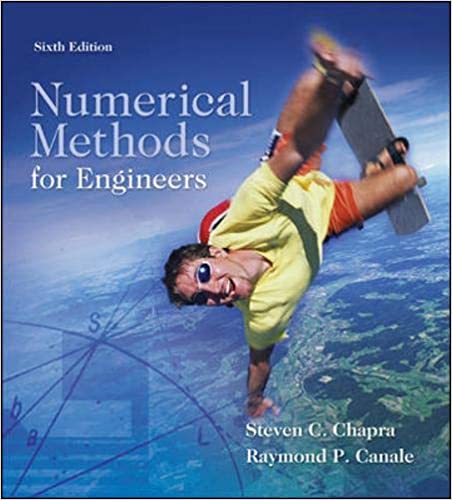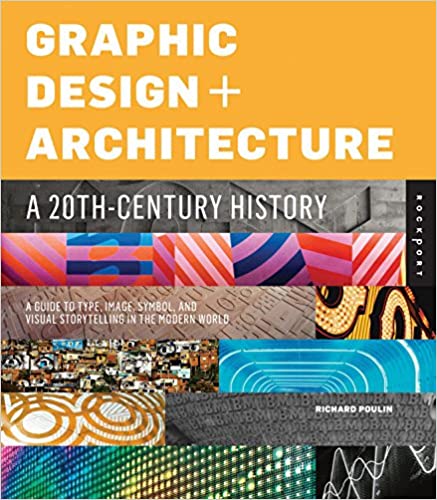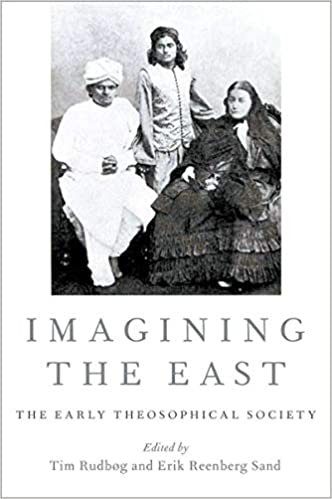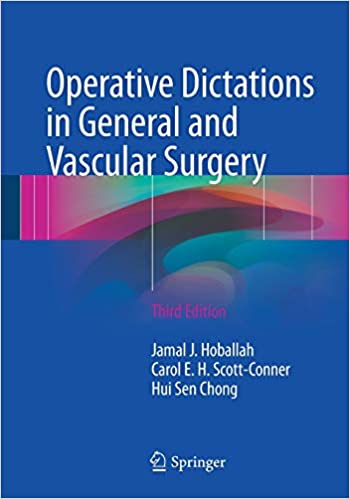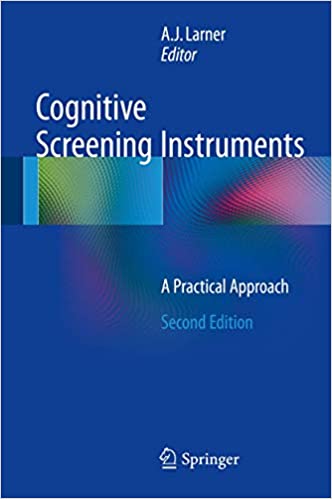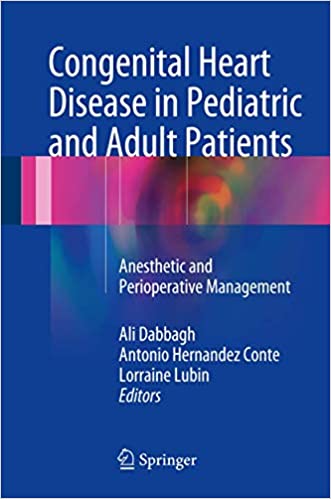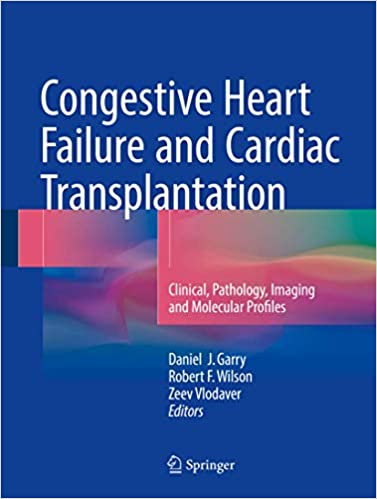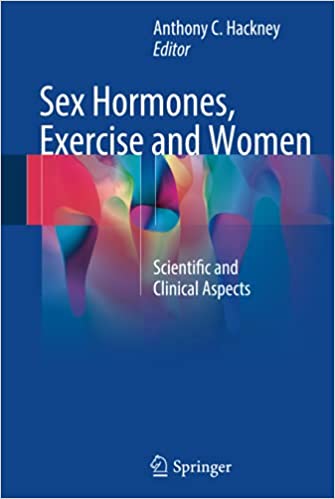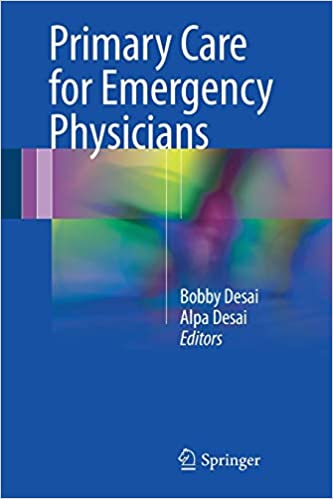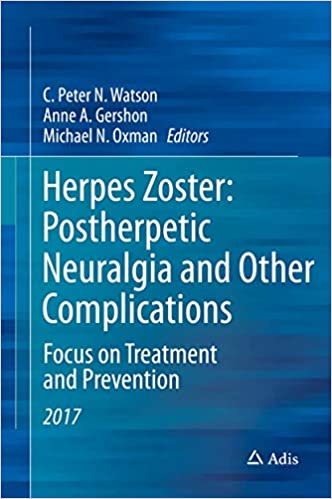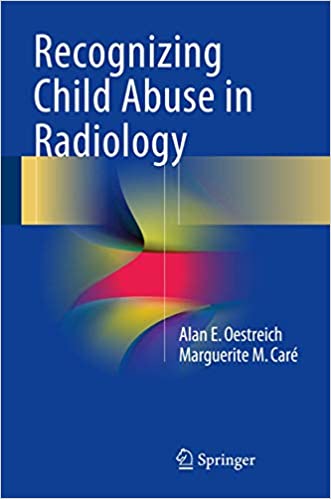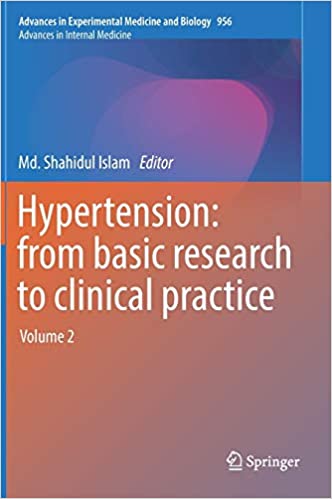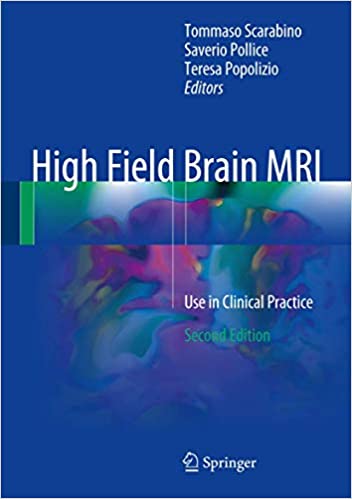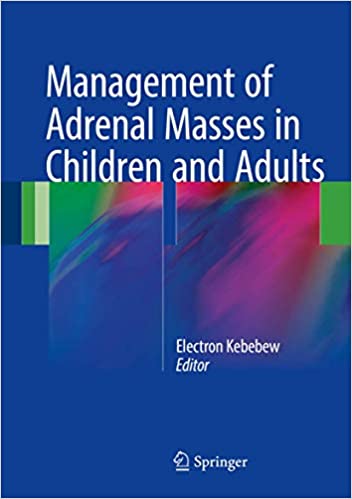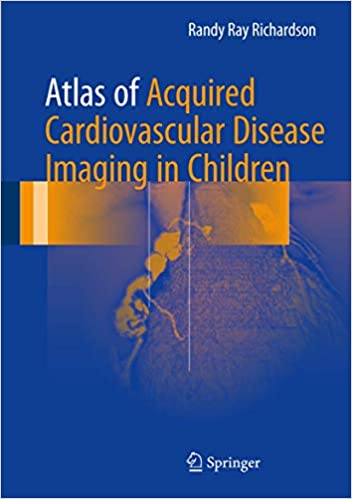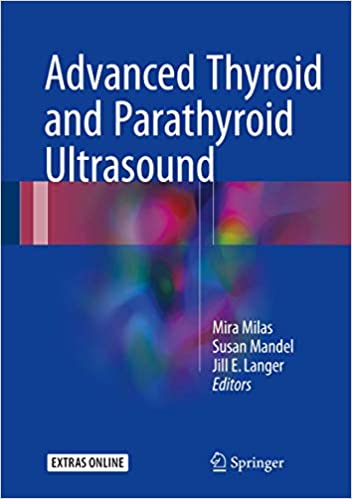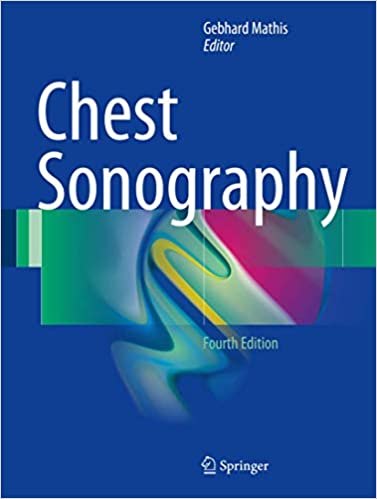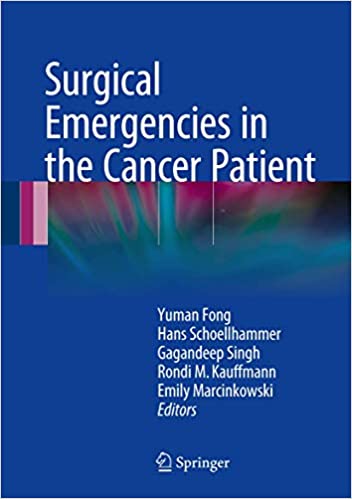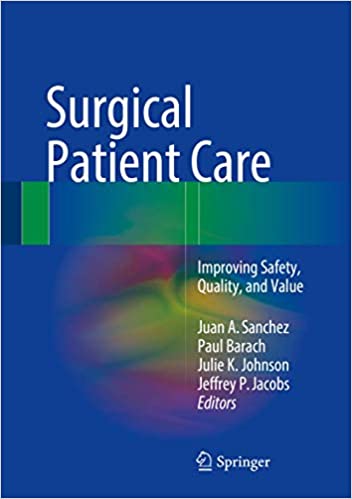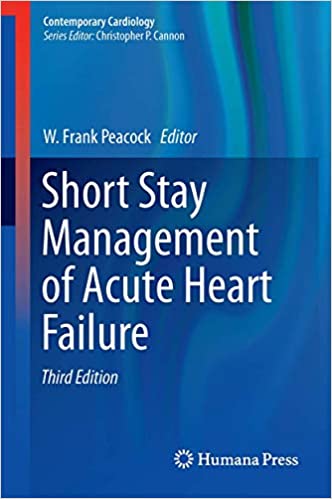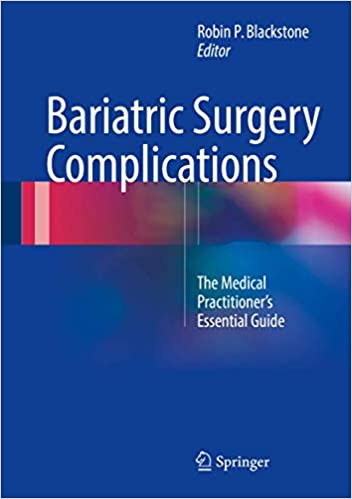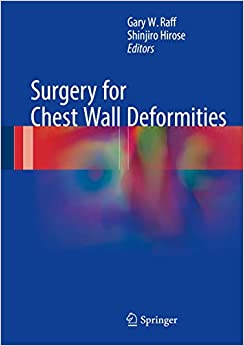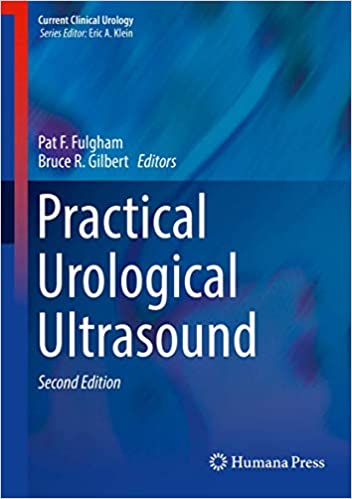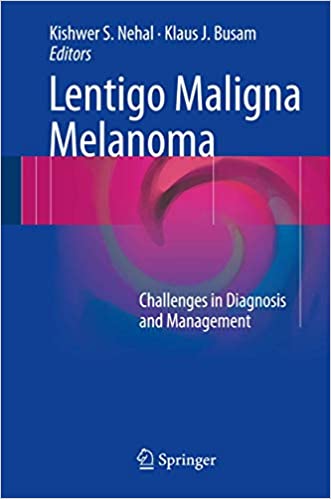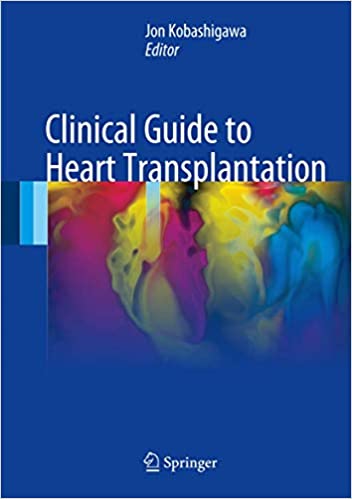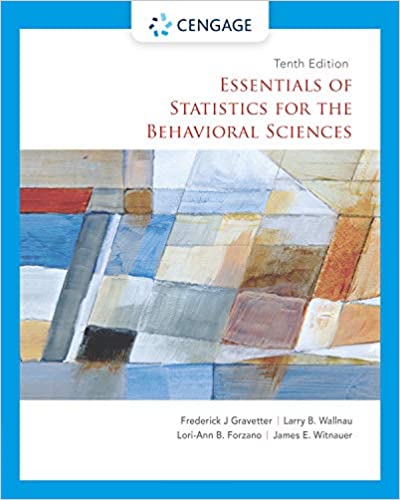
Thursday, September 30, 2021
Wednesday, September 29, 2021
Friday, September 24, 2021
Thursday, September 23, 2021
Tuesday, September 21, 2021
The Value of Cooperative Learning

As teachers, we tend to present material to our classes in the form of the results of our discipline's work. We collect the data, do the reading and synthesize the material into a finished product. Students, in their assignments and exams, are generally expected to demonstrate that they have learned what we as scholars have already found out. Rarely are they provided with the opportunity to make those discoveries themselves. And yet it is potentially very rewarding to offer students the opportunity to use raw materials themselves, giving them "hands on" experience doing the work of the discipline. In specific courses, instructors do offer undergraduate students problem-based learning opportunities in which students collect, analyze and critically evaluate data and ideas, synthesize their findings and then propose answers to complex problems.
For a number of years, both the Chemistry and the Biology Departments have offered courses for undergraduates in which students actively participate in on-going faculty research projects or occasionally develop original research projects. In Chemistry, students most often work on an offshoot of a larger problem that has been described by a research professor, and they work on the problem for at least two semesters. Although students rarely work on their own research idea, they may do something that is in addition to or an extension of the research problem described by the professor. In Biology, undergraduates also work primarily on a discrete piece of a larger project that is going in a lab. In both Chemistry and Biology, time, complexity of the field and financial resources prohibit most undergraduates from undertaking independent research. Many undergraduate researchers, however, do valuable parts of a larger research project and their findings enable them to be second authors, and occasionally first authors, on research publications.
Students interested in doing research obtain a list from the professors who take undergraduate students in their labs and their specific area of research. Students then interview selected professors to see if there is space in the lab and to find out what they would do in the research. Once they have chosen a lab, students often must demonstrate their competence in using techniques which are standard in that lab. Research professors say they are glad to have undergraduates assisting with research because they are often as skilled as the first year graduate Research Assistants.
The students who are planning to go to graduate school are encouraged to take Biology and Chemistry, many students take the course who are going into fields such as medicine and dentistry. Although students who have actively participated in undergraduate level research go to medical school, they tend to take more advantage of research opportunities in medical school, and I think a lot of them head into medical research when they might not have considered medical research as a career option. A former student, who is now a doctor, says that the research experience gave her skills to know what questions to ask when evaluating new products from drug company representatives or articles in medical journals describing new treatments, new protocols and new products. She feels that she evaluates those things totally differently than she would have if she had not taken the research course.
Problem solving is a learning strategy that encourages students to analyze and think critically by integrating and synthesizing the facts and ideas they have learned in order to solve or propose possible solutions to an authentic problem, or one for which a solution does not already exist. Here is an example of a group problem solving strategy that an instructor uses in a Microbiology course of ninety students:
Because of your expertise in Microbiology you are hired as a consultant to a large mining company. They wish to use bacteria to clean up (and possibly profitably extract minerals from) their mine tailings (left over materials). They own many types of mines. From which minerals do you think you could find bacteria which would do this? Would it be easier to find bacteria which would reduce or oxidize minerals?
On most Fridays during the semester, the students of the Microbiology class break into small cooperative learning groups within the large classroom to develop group solutions to complex problems like this one. The problems are specifically related to the previous lectures and text readings and frequently require the practical application of theories and ideas. This problem, for example, follows lectures and readings on oxidation reduction reactions and on how bacteria get energy from redox reactions.
The problems are described in the syllabus so students can prepare and come to their groups with some kind of individual solution which also might include an area of difficulty or a point they need to discuss.
Cooperative learning groups differ from discussion groups in at least one important way: the cooperative learning group is focused on accomplishing a group task such as, in this case, discussing, deciding on and writing up a group solution to a problem. In this process, students become responsible not only for their learning but also for the learning of other students in the group. Science is currently a cooperative activity and most scientists now work in groups.
A secondary, but equally important, reason for using cooperative groups to address problems in a large class is that these groups provide the logistics for weekly interactive discussion and writing in a large lecture class. While the instructor can read eleven group papers each week, reading ninety individual papers each week would not be feasible. Using a simple questionnaire in which students check off science courses they have taken, we ensure that each group has a balance of students with the different areas of expertise required to solve the complex problems. For example, each group has at least one student who has taken a number of Physics courses, a student who has taken Biochemistry, a student enrolled in the optional lab for this course, and students with other relevant science courses. This method of distribution prevents seniors with a strong science background from being in one group and sophomores with a more limited science background, in another group.
The groups meet in class on Fridays to discuss a specific problem. Each student is expected to come to their group with some kind of written solution as well as problems they may have encountered in addressing the problem. The teacher and the TA go around to the groups and check off that each student in the group has prepared something in writing. If a student is not prepared, he or she may not participate in the discussion. This simple checking encourages students to prepare ahead of time and prevents the group from depending on one or two people to do all of the work. In the groups, the students discuss and point out the flaws in different proposed solutions. After the group discussion is over, one person writes up the collaborative solution over the weekend calling several members of the group to make sure that the paper accurately reflects the group decision. This "scribe" position must rotate each week. Occasionally an entire group may meet over the weekend to discuss and work on the problem further.
The teacher grades the group papers on a scale of one to ten and he/she does not grade the group papers competitively. Instead each group can earn up to eighty points that will count as 20% of their total grade for the course. Students count eight of the eleven problem scores. This flexibility also allows the teacher to drop an entire problem if it does not work out well in the groups. At the end of the semester, students choose their best eight scores on the eleven problems. The teacher also encourages creative thinking and risk taking in problem solving by providing the opportunity for students to earn bonus points. On any of these questions, students can draw a line across the bottom of the page and write "bonus" and then they can put any creative, off-the-wall ideas that they come up with. This will not count in the answer to the regular question but it will not count off if it's totally off-the-wall and absolutely incorrect. Bonus points are given to the whole group and are added after the final grades.
A major conceptual emphasis in the course "Philosophy of science" is the process of thinking about science. Students learn the perspective of how a conceptual framework, such as theory or set of theories, may determine how observed facts are interpreted and explained. Students take into account the current theories and assumptions that make up the framework of a problem as they study and propose possible solutions to a problem. Here's generally how the course works: the teacher begin a topic by giving students a summary handout on the topic. For example, the handout, "Cancer in Adolescents and Young Adults," includes these sections: (1) some meanings and definitions of descriptive terms; (2) a list of known information or current evidence on causes of human cancers; (3) descriptions of drugs used in cancer chemotherapy; (4) a summary of differences between normal and cancer cells, and (5) important questions to consider for class discussion. In these handouts, the instructors lay the foundation of the topic by summarizing what is known, what the reasonably specific questions are where the answers are uncertain and the hypotheses that people argue about in the area. These handouts give everyone a common foundation regardless of their science background.
In class discussions and writings, students are asked to analyze the topic and think of the next problem that needs to be solved if they were going to undertake research in this area. In the class, students read short papers and discuss articles with an emphasis on identifying what the article is really saying and explaining the ideas presented. In these research articles, students read to understand what is known and what is not known and to note where the clues are for the next step. Students also learn to deal with contradicting evidence either by broadening their hypothesis or explanation to include it or by coming up with a good reason to disregard it. The point is for students to synthesize a series of individual ideas and theories from the research and develop a comprehensive picture or explanation of what may be happening. In scientific research, each person contributes a tiny bit and together it adds up, rather than there being a sudden great revelation that changes everything. Students learn this as they piece together the various research findings on a problem. The course shows how people discover things and gives students the delight of solving something and the course is about the thrill of discovery rather than just the joy of learning.
Jeff C. Palmer is a teacher, success coach, trainer, Certified Master of Web Copywriting and founder of https://Ebookschoice.com. Jeff is a prolific writer, Senior Research Associate and Infopreneur having written many eBooks, articles and special reports.
Source: https://ebookschoice.com/the-value-of-cooperative-learning/

